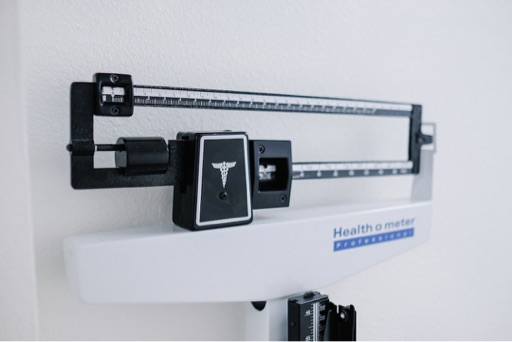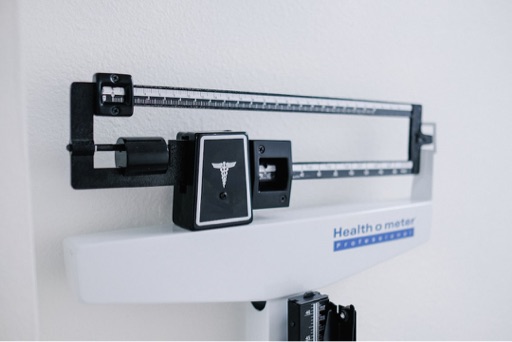GLP-1 agonists like Ozempic have exploded over the past few years, thanks to data that show they can help people lose a significant amount of weight. However, some individuals are exploring ways to tailor their medication dosage to personal needs, which has led to the trend of microdosing Ozempic. But what exactly is Ozempic microdosing, and is it safe?
Ozempic microdosing refers to taking smaller amounts of Ozempic or similar weight-loss injectable medications. This typically involves getting doses through compounding pharmacies, which create custom medications for individual needs. While this may sound appealing, it is important to note that compounded drugs do not receive the same FDA approval as traditional prescription medications.
One major aspect of Ozempic that allows for potential microdosing is its pen delivery system; unlike other GLP-1 agonists like Wegovy, which come in fixed-dose autoinjectors, the Ozempic pen can potentially deliver smaller doses. Despite this, experts indicate that microdosing may not yield effective results.
Patients have a range of motivations for considering microdosing, including saving money and attempting to minimize side effects. However, doctors caution that microdosing is unlikely to lead to significant weight loss. Many patients may not feel adverse effects when taking the standard doses, which are designed for optimal effectiveness.
There are valid concerns regarding the safety and accuracy of compounded medications. Doctors emphasize that microdosing Ozempic could place patients at risk for not receiving real medications, highlighting that a considerable percentage of online pharmacies may be operating illegally.
In conclusion, while some individuals may explore microdosing Ozempic out of personal choice or financial motivations, it is strongly recommended that this should only be done under the close supervision of a qualified healthcare provider. Any deviation from prescribed dosing protocols needs to be approached with caution and a thorough understanding of the potential risks involved.

Source: Women’s Health





